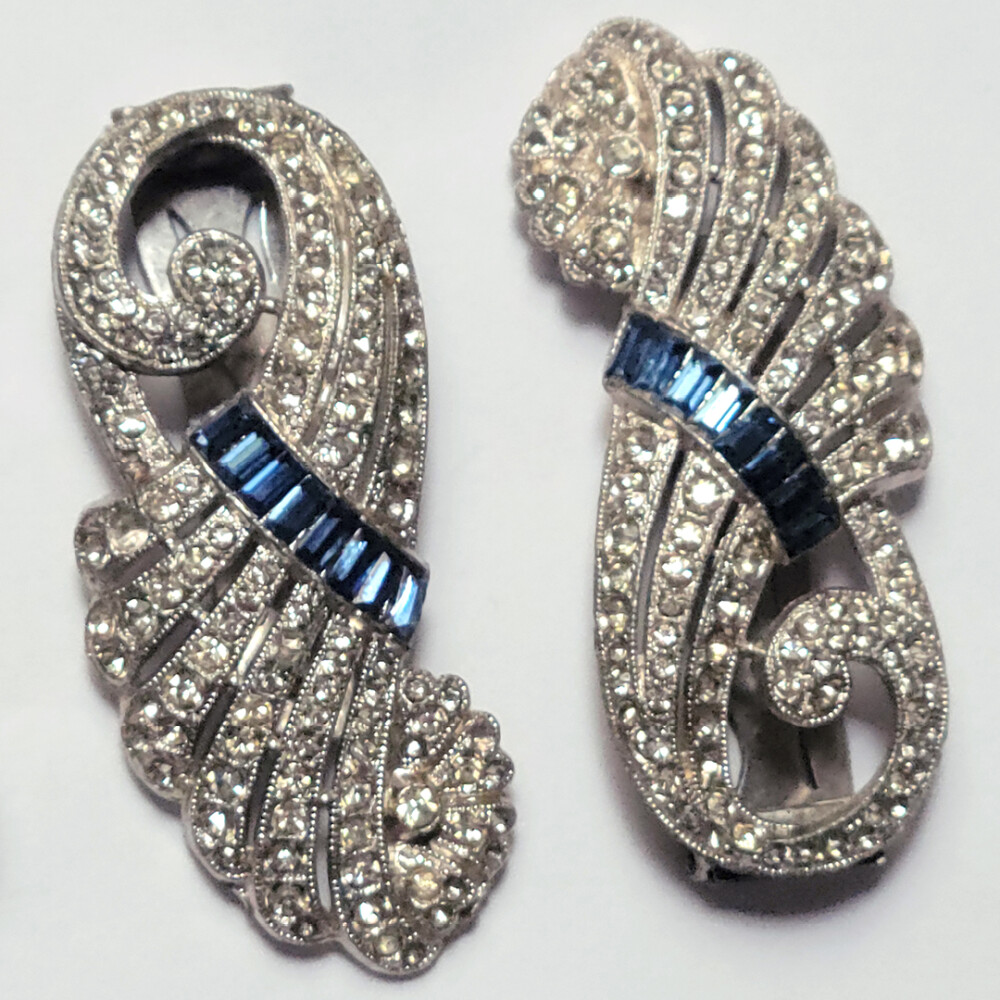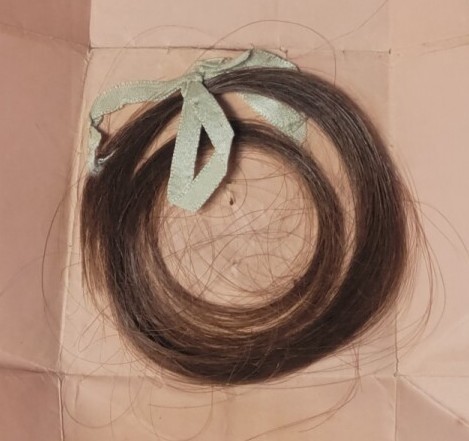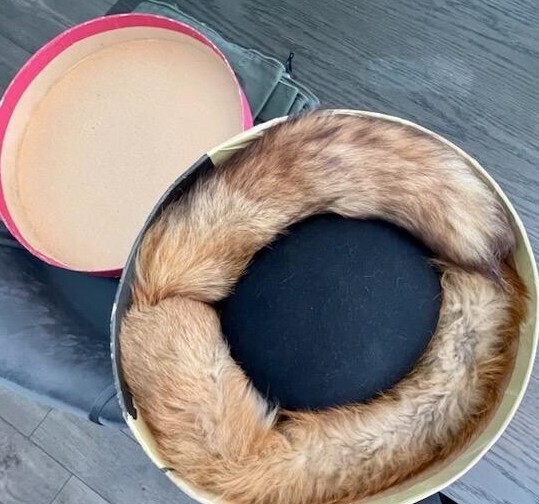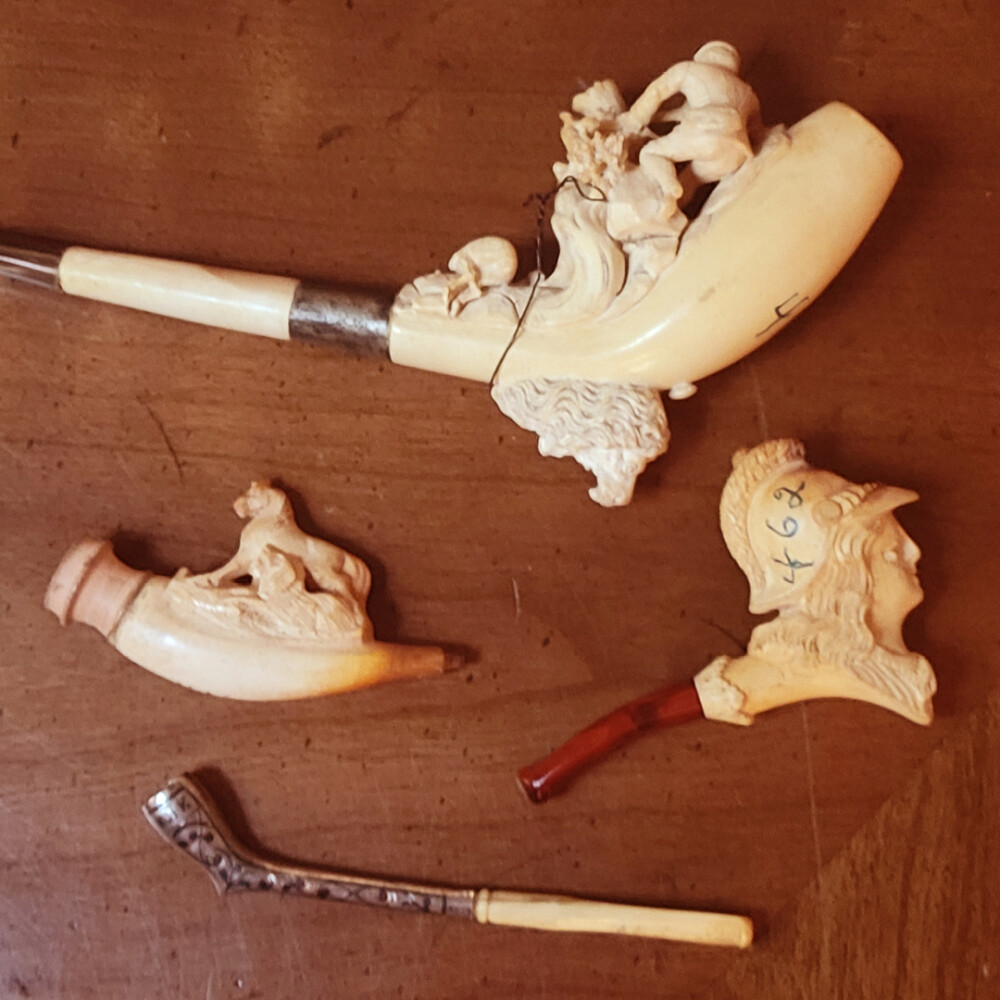Stuff is cozy. It's personal. It’s valuable. It represents piece of your family story. It's what we sometimes call "Life Links,” the context for the lives we're living - if only our objects could talk!
No judgement here if you, too, like ‘stuff.’ Consider it "intentional clutter," and let guilt roll off you.
If you have attachments to stuff because of the memories, the dreams of a future when it becomes relevant, or whatever other just cause for keeping it, and it does not impede your daily life, good for you. We are here to say we're on your side. Ignore everyone else and real or perceived judgements about collecting and enjoying stuff.
If you're on the fence, stuff is stometimes a problem, consider some of our practical guidelines from our co-founder Ellen's household. And share tips of your own with us in social media or Editor@Artifcts.com.
_______________
As I told you in Lessons From Artifcting With My Mother, I'm neither hoarder nor minimalist. I don't even usually think I'm very sentimental (we talked about that, too, here). But I think knowing someone, who they are and not just what they've done, is made possible through the stories behind objects. It's less awkward, honestly. I don't have to be a fabled storyteller or enjoy the spotlight. It enables me to live my story and pass it on, digitally and/or physically!
Practical Guidelines Help Manage 'Stuff' From Overflowing
So, what's it really like here in the Goodwin household?
We have golden rules for stuff.
Some rules bring sanity in the rush of the school/work week. For example, no clothes on the bathroom counter or shoe piles by the door. And shred unsolicited offers with evil codes and other sensitive documents immediately.
Other rules are really practical guides to avoid penalties and lost meaning. Just as I schedule e-bills for payment as soon as I receive them, I Artifct moments after an item comes into the house (or is on its way out) or as I relax at the end of an eventful day. I take a few key photos I want to use to capture and remember the real story behind each item and add in the funny, factual, and other types of humanizing details.
No harm in hitting “pause” is another rule, especially when more stuff is concerned. If I still remember I wanted or "needed" to buy some item weeks later (or maybe a month later for a big-ticket item), then I do. I'm not a minimalist, but I do think about bringing more stuff into our home and try to do the same with my family. Here’s a real example from household: “Really? We "need" another Harry Potter Lego set? What about this one that's unfinished and this one that's not even started? Our house is small people; let's talk about this!”
Objects Turned Artifcts Become "Life Links"
I have embraced 'stuff' in a public way as the co-founder of Artifcts because valuing the meaning and history behind the objects I have chosen to keep is natural to me. My husband? Not so much. That's fine. I find energy and humanity in connecting through the stories only objects can tell, through me. So, to end this little sharing piece, here are a few of my “Life Links” through objects I have Artifcted. You can also browse public Artifcts and download our inspiration lists for more inspiration!
Not all Artifcts I mention are public on Artifcts, but I've tried to give you the context so you can feel more comfortable embracing your own Life Links, and give people fair warning to treat them well whether they stay in the family or find new purpose elsewhere someday.
- Heart necklace from my husband and daughter. This gift had very little to do with Mother's Day and much more to do with their symbolic support of this new fandangled thing called Artifcts. View the Artifct >
- Throw quilt from Grandma. I do not know my grandmother well, but I always thought it was telling that she took the time to hand stitch a quilt for each of my siblings and me. View the Artifct >
- Ping pong ball. It’s from the early days dating my now husband and always makes me smile.
- Bird dish. A dish anyone can buy from Anthropologie but that reminds me how lucky I am in life to have my person (my husband) at my side.
- Pywocket, the wooden cat. I know the origins and still find it remarkable to imagine a young woman in the 1960s (aka my mother) doing wood carving. Surely this says more about me and my assumptions than her skills. View the Artifct >
What stuff, sentimental and/or valuable life links, do you love in your home?
If you are interested in Artifcts potentially featuring your Artifct in our curator’s choice series, click the share button on your Artifct and send it to @ArtiEditor.
Happy Artifcting!
###
© 2023 Artifcts, Inc. All Rights Reserved.

















 (Above) A few home videos lost in the mix of old VHS tapes where no one has a hope of viewing them.
(Above) A few home videos lost in the mix of old VHS tapes where no one has a hope of viewing them.





